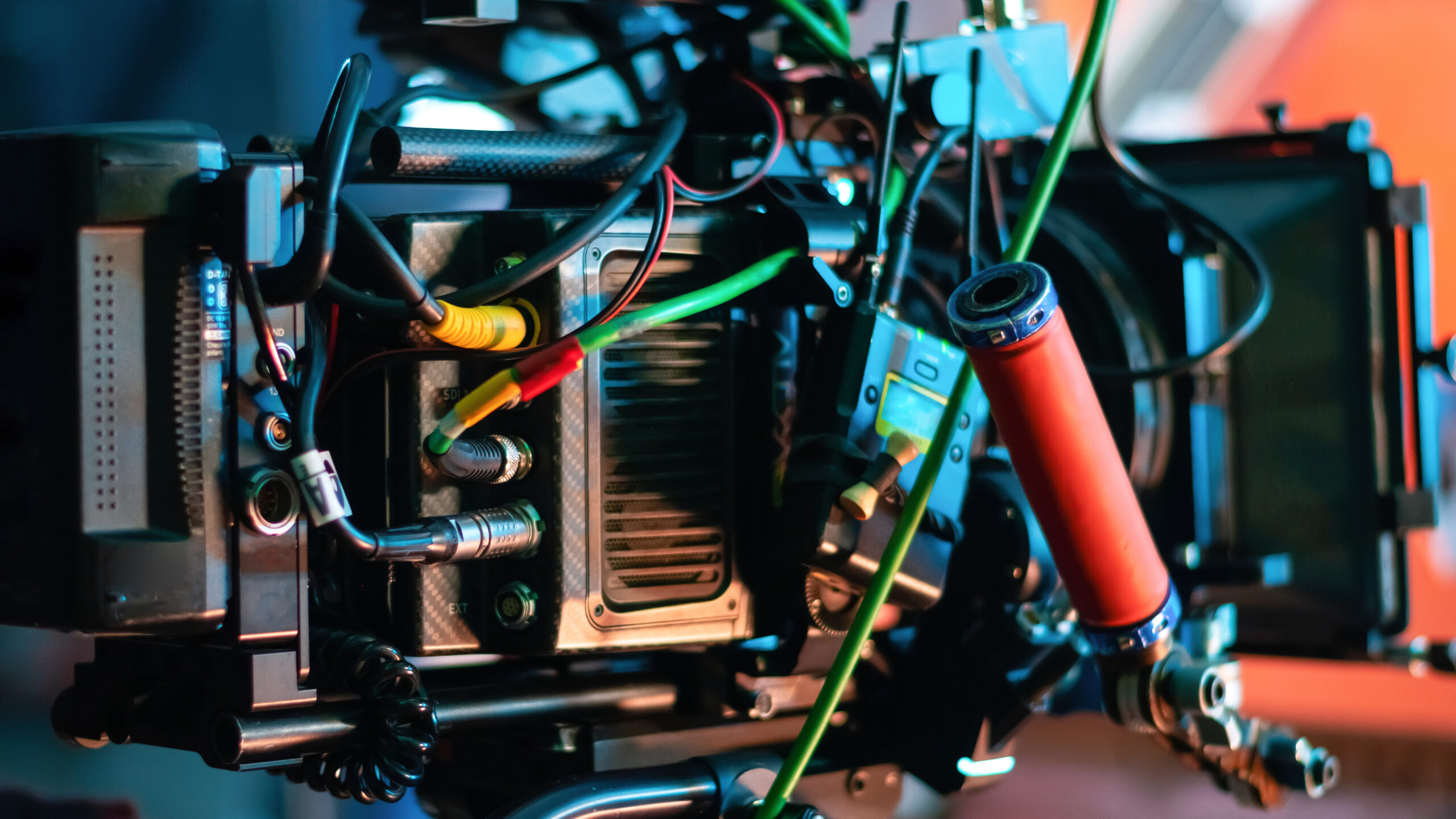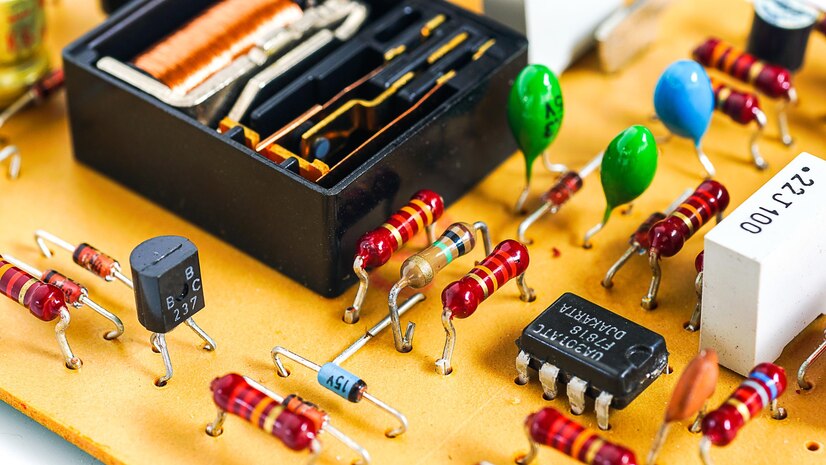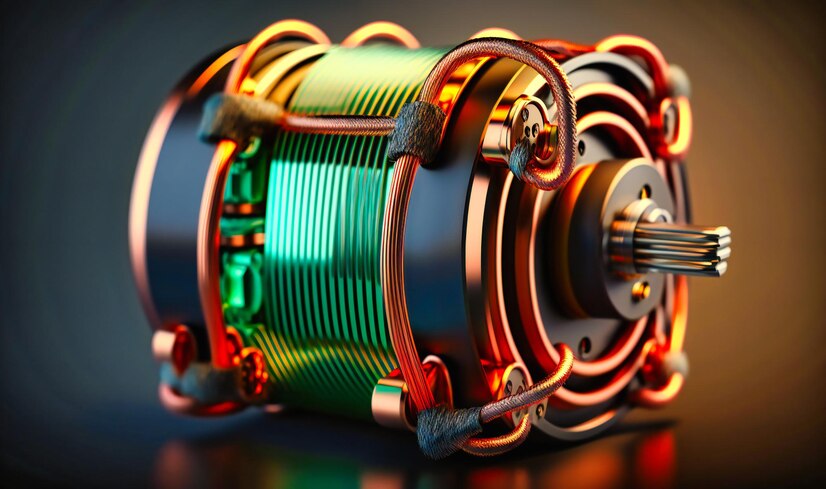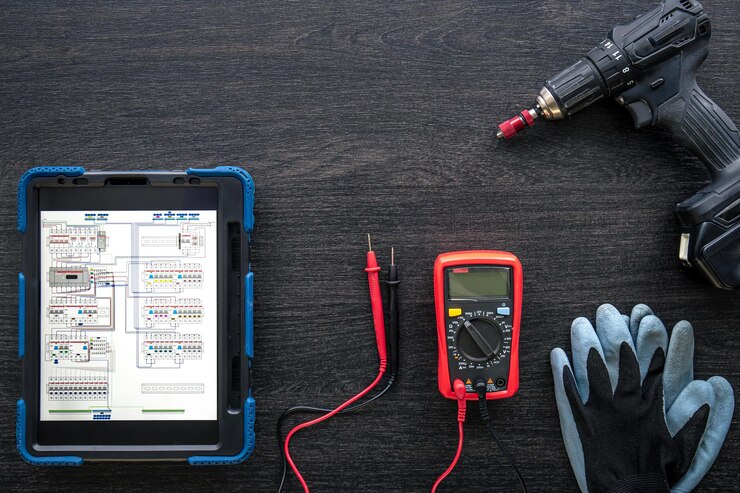When it comes to automotive maintenance and repairs, understanding the wiring of your vehicle is essential. Specifically, understanding the color codes of your GM fuel pump wires is essential for troubleshooting and connecting the appropriate parts. Whether you’re replacing a faulty fuel pump or installing a new one, this knowledge will come in handy. In this article, we will delve into GM fuel pump wire color codes, explaining their significance and how to use them effectively.
Why Are Fuel Pump Wire Color Codes Important?
Fuel pumps play a vital role in delivering fuel from your vehicle’s tank to the engine, ensuring proper combustion and performance. To maintain or replace a fuel pump, you need to connect it correctly to your vehicle’s electrical system. This is where wire color codes become invaluable.
The wire color codes for your GM fuel pump are important for several reasons:
- Safety: Incorrect wiring can lead to electrical problems, fuel leaks, or even fires. Understanding the color codes ensures you make the right connections, reducing the risk of accidents.
- Troubleshooting: When diagnosing fuel pump issues, identifying the correct wires helps pinpoint the problem. This can help you avoid wasting time or money on pointless repairs.
- Compatibility: Depending on the make and model, GM cars may have various wiring systems. Knowing the wire color codes ensures compatibility when installing a new fuel pump.
Now, let’s explore the most common GM fuel pump wire color codes and what they represent.
GM Fuel Pump Wire Color Codes
GM uses a standard color-coding system for their vehicle wiring. While there may be some variations depending on the model and year, the following are the most common wire colors associated with GM fuel pumps:
1. Pink/Black (or Gray)
- Function: This wire carries power to the fuel pump.
- Significance: It’s crucial for the fuel pump to receive power to operate effectively. If you’re troubleshooting a fuel pump issue, check the voltage on this wire to ensure it’s receiving power.
2. Black
- Function: This wire is the ground for the fuel pump.
- Significance: A good ground connection is essential for the proper functioning of the fuel pump. Check the continuity of this wire to ensure a solid ground.
3. Purple

- Function: The purple wire is for fuel level sending.
- Significance: This wire is responsible for sending the fuel level information to your vehicle’s gauge. If your fuel gauge is not working correctly, inspect the purple wire for any damage or disconnections.
4. Gray
- Function: The gray wire is for the fuel pump sender.
- Significance: This wire is responsible for sending the fuel pump’s signal to the vehicle’s computer. If you have issues with your engine’s performance, the gray wire may be a key factor in diagnosis.
5. Black/White
- Function: This wire is the ground for the fuel sender.
- Significance: Similar to the black ground wire, the black/white wire provides a ground connection, specifically for the fuel sender. Ensure it has a solid ground to prevent fuel level inaccuracies.
6. Orange
- Function: The orange wire is for the fuel pump prime.
- Significance: This wire is used during the key-on and engine cranking to prime the fuel pump. It guarantees that the engine starts with the fuel system under pressure.
7. Dark Green/White
- Function: This wire is for the fuel pump relay control.
- Significance: The dark green/white wire controls the fuel pump relay. It’s essential for the proper activation of the fuel pump when needed.
Conclusion
Understanding GM fuel pump wire color codes is a valuable skill for any automotive enthusiast or DIY mechanic. These codes ensure the safe and correct installation of a fuel pump, as well as efficient troubleshooting when issues arise. By familiarizing yourself with the meanings and functions of each wire color, you can confidently work on your GM vehicle’s fuel system, ensuring it runs smoothly and reliably. Always refer to your vehicle’s specific wiring diagram for the most accurate information, and exercise caution when working with electrical components to avoid accidents and injuries. visit us for more information












